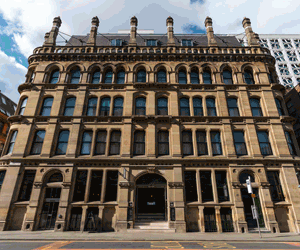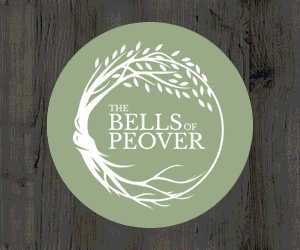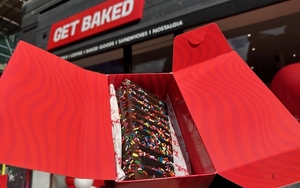From 40,000 runners to 50,000 concert-goers – this city was never going to hide away
The city of Manchester has reacted in countless remarkable ways since the atrocious terror attack, which killed 22 people and injured 120 more at Manchester Arena on Monday 22 May.
From the emergency staff who pulled triple shifts without a moment’s hesitation, to the residents who rushed to the scene – not knowing for sure it was safe - with food, water and offers of transport and shelter. The thousands who packed out the Albert Square vigil to hear poet Tony Walsh read a rousing ode to Manchester, and the thousands more who laid a carpet of flowers, balloons and messages outside St Ann’s Church. From the creative sparks who have turned Piccadilly Gardens’ grim concrete rampart into a ‘Wonderwall’, to the legions of brave souls who this weekend got inked with a worker bee in a defiant show of solidarity.
Then there’s the £14k raised by a London lifeboat volunteer who just wanted to ‘put a few quid’ behind the bar for Manchester hospital staff, to the millions (£5.7m and counting…) pledged to help the injured and bereaved as part of the We Love Manchester Emergency Fund.
There are many, many more tales of bravery, compassion and generosity to be told.
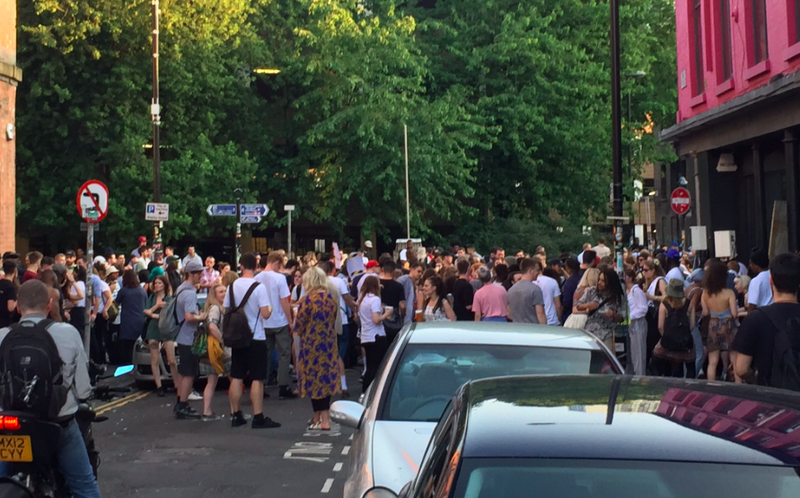
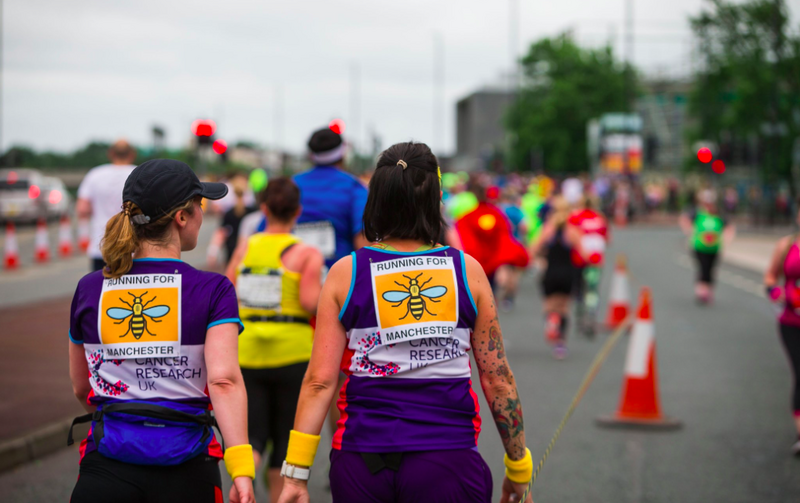
The Bank Holiday weekend that followed this atrocity was never going to be a typical one; the heartbreak is still too raw.
There was, however, a typically steely defiance in the Manchester air come Friday. A desire not to let fear or mistrust keep us holed up at home, but to take to the streets, muster that trademark Manc grit and spirit, and come together not only in remembrance, but also in confidence and with a collective purpose: to endure and come back stronger.
So it was that Manchester reacted in the only way it knows how; by uniting in music, sport and with a lust for life.
READ: Coldplay, Take That, Justin Bieber and Katy Perry to play Ariana Grande benefit concert
On Friday, just four days after the attack, and hundreds turn out in the city centre for annual athletics event, the Great City Games, while in the city's bohemian heartland, Northern Quarter, an impromptu street party breaks out outside a skate shop.
On Saturday, in the modest, Arcadian surrounds of the volunteer-ran Hulme Garden Centre, the Gardenia Festival returned for its second year (offering free tickets to those affected by the attack), whilst at Old Trafford Cricket Ground a 50,000-strong army of Courteeners fans turn out to hear frontman Liam Fray belt out the Oasis classic, Don't Look Back In Anger - a song which has repeatedly broken out amongst crowds gathered at vigils, gigs and pubs (amongst more colourful chants of 'You can stick your f**king ISIS up yer arse').
And also here, before Sunday's Great Manchester Run, which earlier in the week looked doomed to cancellation, where increased security meant 40,000 runners could enjoy another Oasis singalong before stomping off along ten kilometres up to Old Trafford and back to the iconic Beetham Tower.

Over to another iconic Manchester landmark, Old Granada Studios, home to Sidney Bernstein's television empire, where in 1962 the Beatles played their first televised performance and where now, at the Solis Street Party, people queue (and queue) to drink and dance on the old Corrie cobbles.
Meanwhile, in the suburb of Chorlton, more orderly queues form outside Sacred Art Tattoo parlour... and up the street... and around the block, as hundreds wait patiently to receive their Manchester bee tattoo and chuck another £50 into the pot.
This is a city clearly still in mourning - from the strangers embracing at gigs, to the runners sharing a tear at the finish line - but as these last few days have shown, this is Manchester, and it'll mourn the Manchester way.
A lone trumpeter turned up to play amongst an astonishing sea of balloons, messages and flowers in St Ann's Square this evening. Very moving pic.twitter.com/zURmfnp3or
— David Blake (@David8Blake) May 26, 2017





